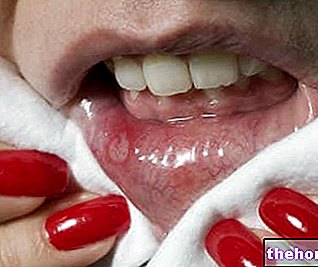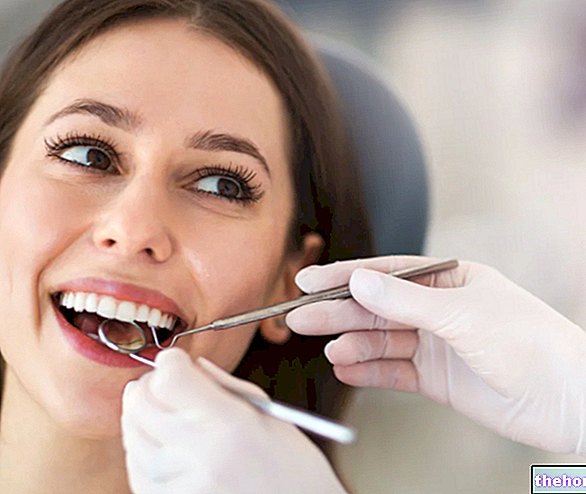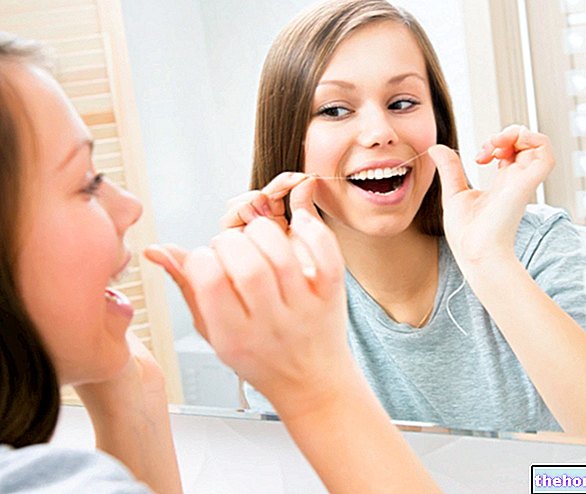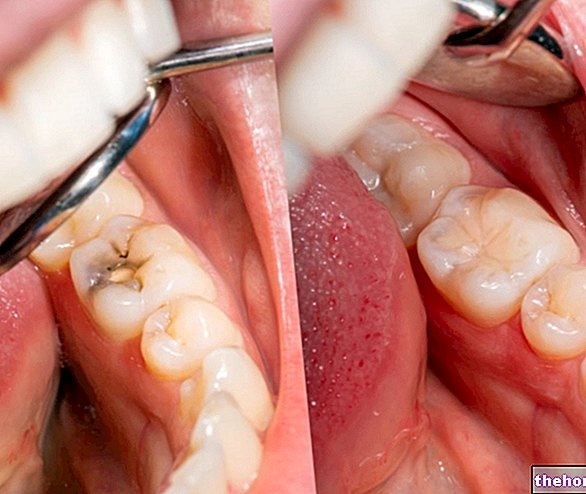What is pyorrhea?
Piorrea is a popular term, conjuring up images of toothless mouths, wobbly teeth, dentures, and disfigured smiles. For many years now, while maintaining its meaning, pyorrhea has changed its name and consequences; in fact, we speak of periodontitis, a treatable and above all preventable disease.

Pyorrhea arises as a result of various and complicated factors. Certainly bad oral hygiene is a fundamental element, but by itself it is not sufficient to produce disease. The presence of tartar and plaque represents an extremely important risk factor, but smoking, anemia, nutritional deficiencies, systemic diseases such as diabetes, and more generally hormonal, metabolic and immune imbalances also affect this.
Piorrea: the causes
- Not good general health condition
- Organic or psychic situations which, due to the lowering of the immune defenses, alter the body's ability to fight the action and proliferation of bacteria (malnutrition, avitaminosis, diabetes, anorexia, drug use, AIDS).
- The lack or lack of proper and regular cleaning of the teeth.
- The inconsistency in periodic checks and regular hygiene sessions by the dentist or hygienist.
The smoke. Tartar. - Bad or inadequate dental work: fillings, crowns, bridges.
- Crooked teeth (crowding and bad positioning of the teeth).
- Anatomical situations that make proper oral hygiene difficult or impossible (e.g. wisdom teeth).
Piorrea: early symptoms
- Bad breath
- There is usually no pain
- Slight bleeding from the gums on brushing (or for other modest stimuli such as chewing hard foods).
- Strange taste in the mouth and change in color (redness), texture (softening) or shape (swelling) of the gums.
Piorrea: late symptoms
- Severe bleeding
- Marked halitosis
- Gingival recessions with exposure of the roots
- Appearance of spaces between the teeth
- Excessive dental mobility
- Minor discomfort up to widespread aching of the teeth.
However, everything is generally traced back to poor oral hygiene, which therefore represents the primum movens of pyorrhea. In fact, in the absence of an "adequate cleaning of the teeth, germs accumulate on the dental surfaces, with the formation of plaque, which slowly evolves into tartar; the toxins, enzymes and metabolites produced by these bacteria thus penetrate the gums, triggering a inflammatory process. The gum then becomes painful, appears swollen and red, soft to the touch, and bleeds easily. At this point, if the plaque and tartar are removed, the inflamed tissue is restored to normal thanks to the targeted intervention of the dentist. Conversely, there is a slow but inexorable gingival retraction, with the formation of so-called pockets. Subsequently, the bone is also attacked, with the formation of local abscesses, vacillating and displaced teeth, and ever deeper pockets, until the inexorable spontaneous fall of the tooth. These phases have a very slow course and are often not painful: for this reason, pyorrhea tends to be noticed too late, making demanding and rather expensive interventions necessary.
Treatment
Fortunately, the denture, which for a long time remained the only and inevitable solution, today appears to be an increasingly distant memory; the dentist can in fact intervene successfully through periodontal plastic surgery, for example by reconstructing the gum by means of grafts, regenerating the bone. with goretex membranes or, in irrecoverable cases, by implanting new teeth on titanium screws fixed in the bone. As with all pathologies, it is still better to be safe than sorry, especially when it comes to situations that have a negative impact on a biological, psychological level and economic, like pyorrhea. Although the name has changed, adequate and correct home oral hygiene, supported by dental check-ups every 6 months, remains the best weapon for the prevention of pyorrhea.




























